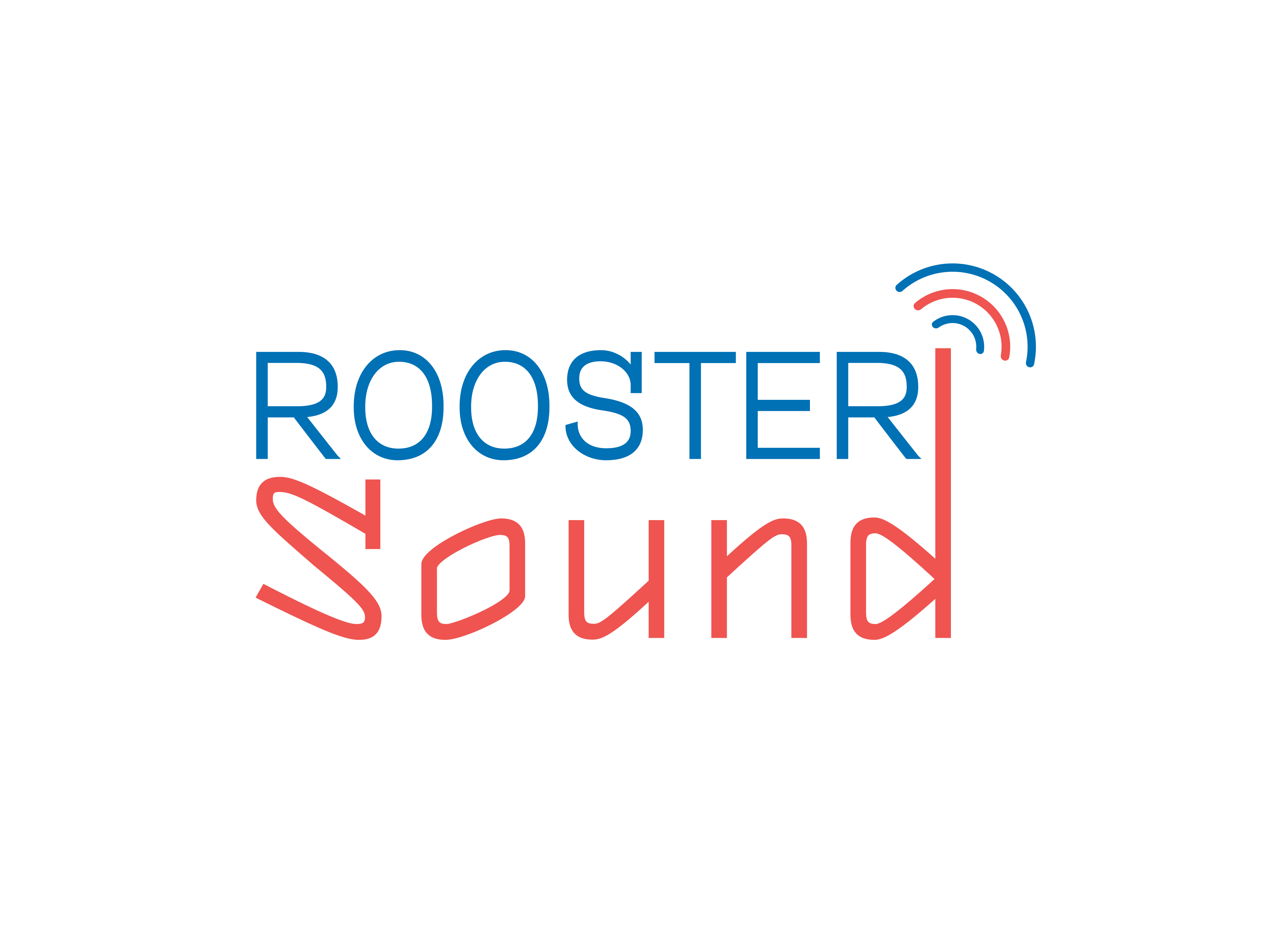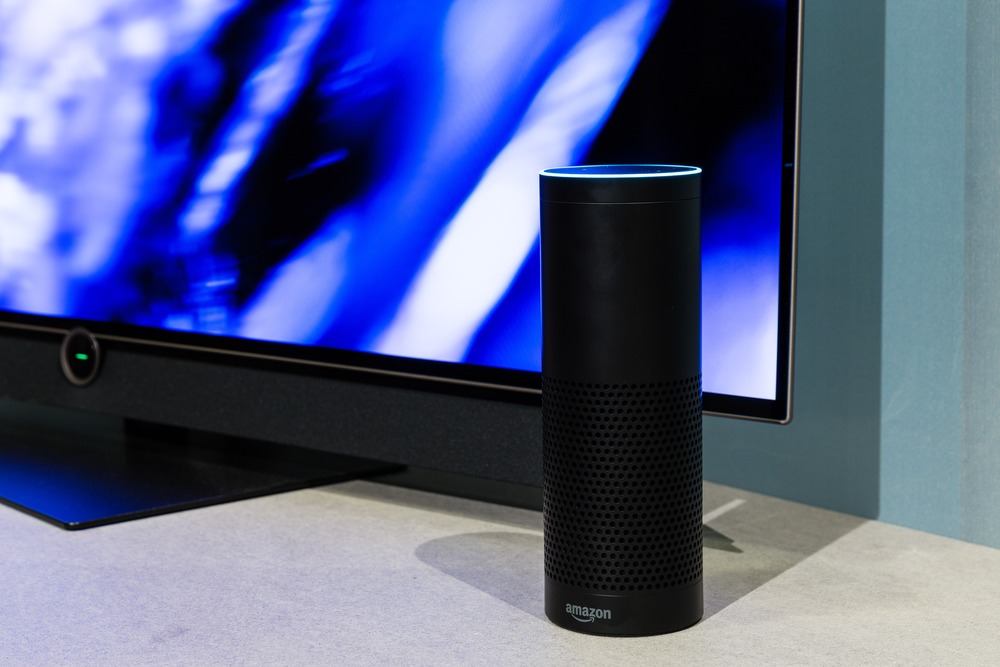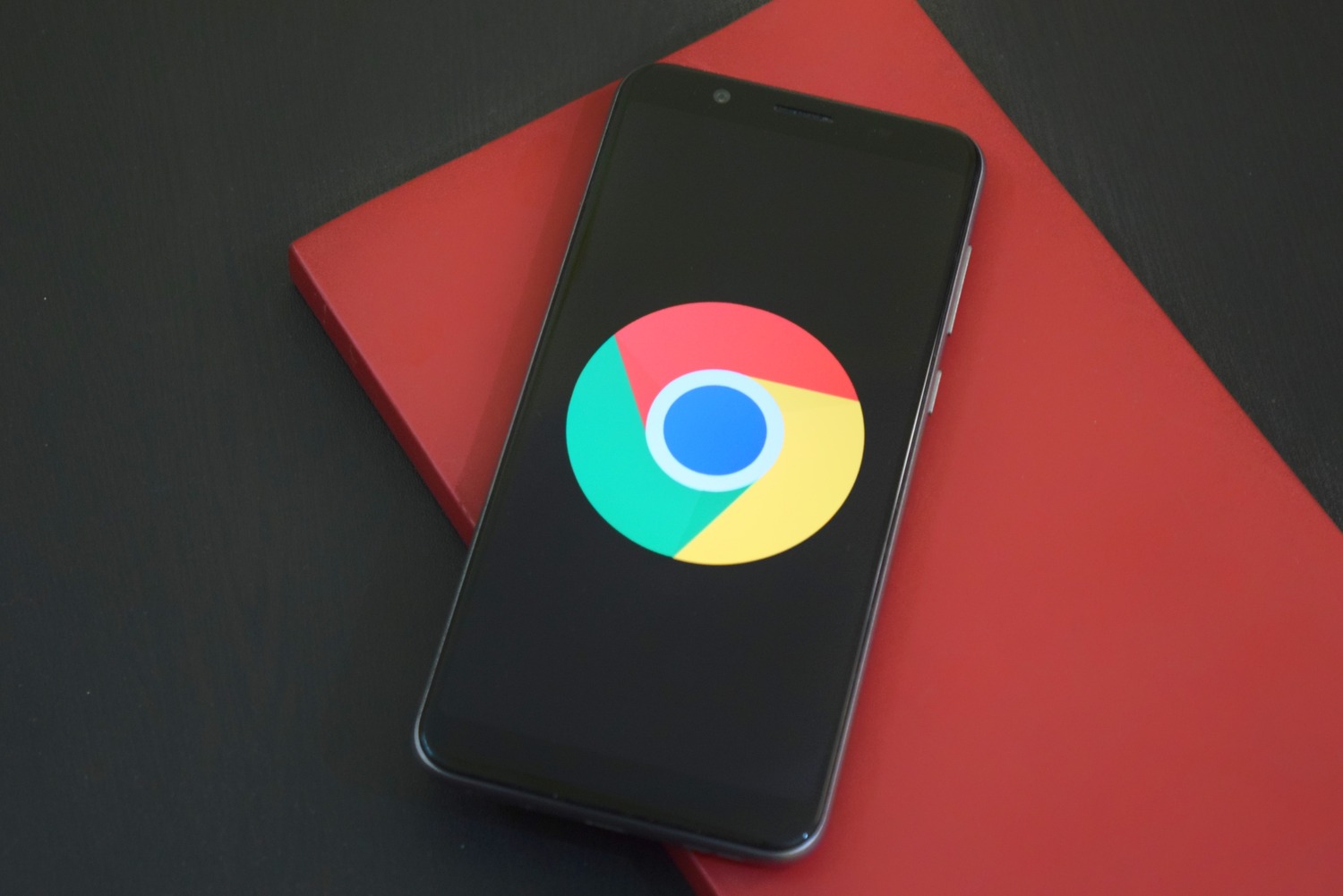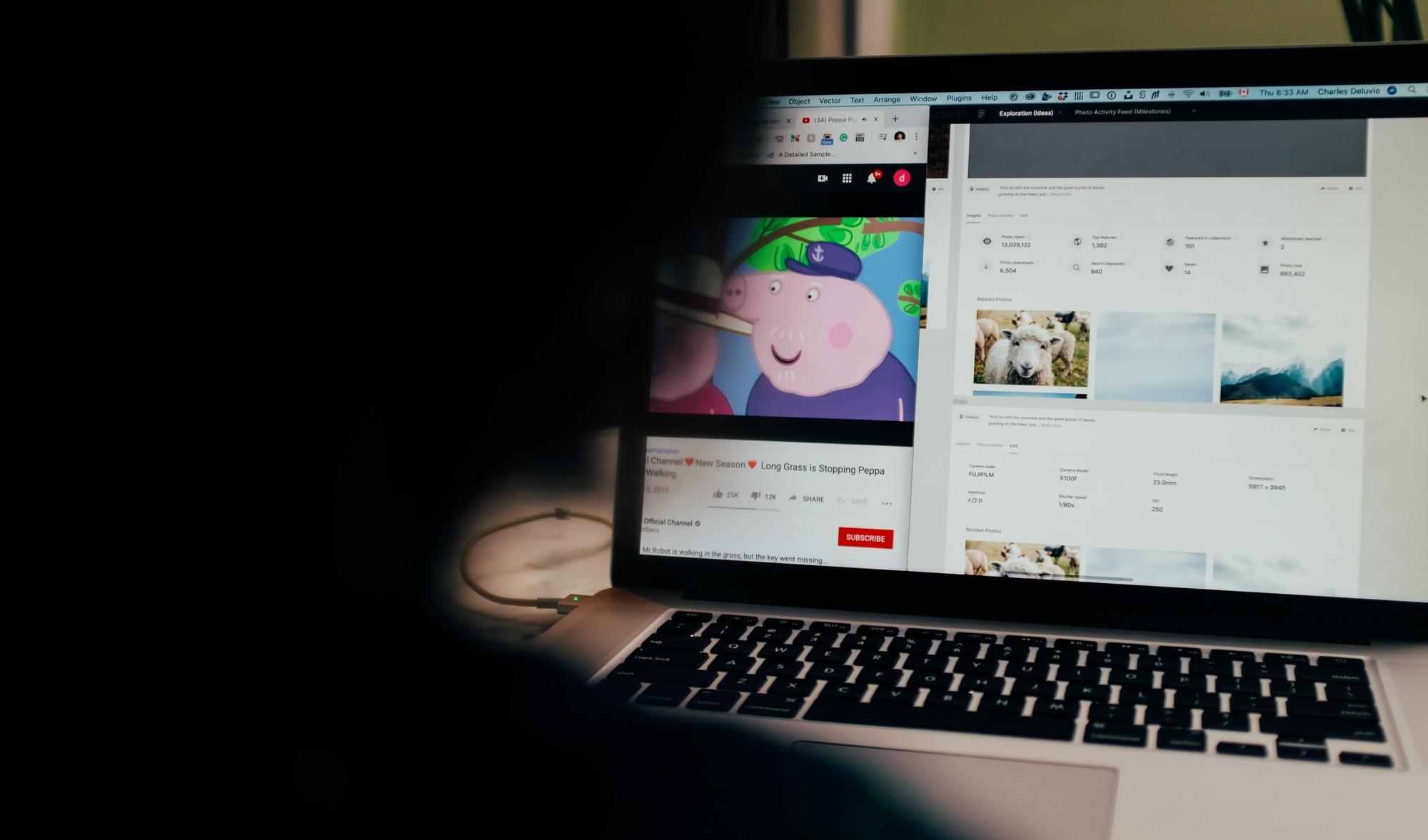How To Build A Result-Oriented Google Ads Strategy
How To Build A Result-Oriented Google Ads Strategy

With Google’s goal of selling ads as “results,” marketers must deliver the right message to the right audience at the right time.
Every time someone uses the Internet, they interact with Google Adwords. To succeed in the highly competitive digital marketing industry, you must create a strategy that works for your business and fits your overall goals.
Google Ads is all about driving successful results. You are wasting your precious money if your ad is not result-oriented.
Today’s post will discuss creating effective Google Ads. It will help your business to grow and reach the right prospects.
But before that, let’s shed light on the term Google Adwords.
What is Google AdWords?
Google AdWords is the world’s largest advertising program. Advertisers pay to display their ads to web users.
To publishers, Google charges a cost-per-click (CPC) or pay-per-click (PPC) price. The CPC is the amount Google will charge to display an ad to the search engine user.
If the ad is not clicked, Google doesn’t charge anything. An advertiser can have several accounts with different campaigns to manage each ad.
Let’s move on and talk about creating a result-oriented Google Ads Strategy.
How to Create a Solid Google Ads Strategy?
First things first!
You must have a crystal clear goal for every ad you create. Having a goal makes it easier to measure the results. Moreover, it will help you select the relevant account features and structures. This, in return, will help you differentiate your ads for building your brand and generating quality leads.
1. Set Goals
You have to be very clear about what you are looking to achieve through your campaign. Ask yourself questions like:
- What do I want my ad to do?
- Who is my targeted audience? What are its needs?
- Do I want to boost sales?
- How many people do I want to join my email list?
- How many leads do I want?
- Do I want to drive quality traffic to my website?
- Do I want to increase brand awareness?
2. Do Your Research
The one who fails to plan; plans to fail.
You wouldn’t want your ad to fail, right? Thus, you must spend a reasonable time researching the important elements of your ad.
First of all, you will conduct:
a. Keywords Research
Suppose you sell a service. To get more clients, you first need to understand how they search for the service you sell. You need to familiarize yourself with your ideal audience’s words and phrases.
Tools like: The Google Adwords Keyword Tool and SEMRush, are your best friends for keywords research.
You can also see a list of keywords that your competitors rank for and see what they are rankings for. Plus, Google Trends can help you. It will find the words people are searching for.
By understanding how your audience is looking for you, you can craft better ads.
The second thing that you must research is:
b. Competitor Research
Spy on your competitors. Identify the keywords your competitors are using. Moreover, take cues on how they design their ads and their messages.
This approach will help you create awesome ads.
After conducting keyword and competitor research, you will move on to:
c. Audience Research
This is the most important part of the ad-building strategy. You must thoroughly research your audience. Find out its pain points, needs, and how you can provide them with a feasible solution.
Furthermore, find out the questions your audience asks on Google and other search engines. It will help you to create an ad that perfectly answers their queries.
It will also give you insight into their behavior, which will help you approach them to derive the desired response.
The third step to building a result-oriented ad is to design:
3. Attractive Landing Page
Landing pages are the foundation of every Google Adwords campaign.
These are pages on where the audience lands after clicking the ad. Landing pages play a huge role in converting site visitors to customers.
Landing pages have a form and a call to action to encourage visitors to give you their information. The call to action is very important. You must create a compelling offer visitors cannot resist. It will tempt them to share their contact information with you.
Moving on to the 4th step:
4. Exact Keywords
Wait a minute…what do exact keywords mean?
If you use keyword research tools, you will notice that four types of keywords can help you optimize your content. They are broad keywords, long-tail, exact match, and phrase match.
While broad and long-tail keywords are often more expensive than an exact match and phrase match keywords. Hence, many marketers rank for them and overlook exact keywords.
Make sure to analyze exact keywords and include them in your ad.
The next step for result-oriented Google Ad is:
5. Group Keywords Into Ad Campaigns
Organize your AdWords account in different ad groups and ad campaigns.
Grouping keywords makes it easier for Google to understand what you’re trying to communicate with your content.
It also helps Google determine if your content is relevant to a given keyword.
After that, don’t forget to:
6. Segment Campaigns
Segment your campaigns to create separate ad groups for each of your campaigns.
Segmenting also ensures that you are not paying for keywords irrelevant to your content.
The 7th step for building a remarkable ad strategy is:
7. Create Irresistible Ad copy
Now pen down an ad copy including relevant keywords, CTA, compelling headline, and ad extension.
Remember that your ad copy is the first thing visitors will see. So, it needs to be compelling enough to attract visitors to your landing page.
Once your ad is published and running, don’t forget to…
8. Tracking Metrics
Place a Google analytics code on a website to measure conversions. To make your ad an immense success, optimize it daily.
Also, try out A/B testing to evaluate what’s working best for your ads and what’s not.
Conclusion
Google ads can provide your business a wide exposure and help you reach the right audience instantly.
To make your Google ads work, you first need to create a highly targeted ad strategy. We’re sure that won’t be a problem for you, right?
Simply follow the steps listed above, and you will have a mind-blowing result-oriented Google Ad strategy.







